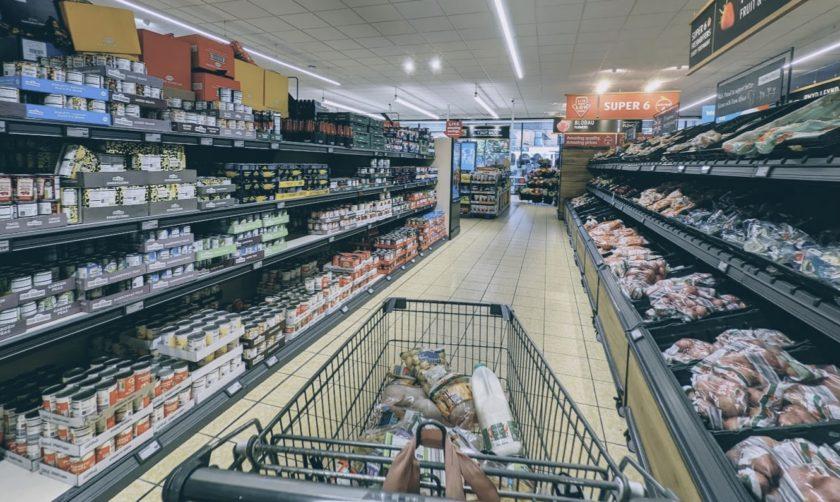Food inflation returns to ‘normal levels’

Shop price annual inflation eased to 0.6% in May, down from 0.8% in April, marking the lowest rate since November 2021.
This figure is also below the three-month average of 0.9%, signalling a continuing trend of easing inflationary pressures.
Non-food items experienced further deflation, with prices dropping by 0.8% in May compared to a 0.6% decline in April.
This is significantly lower than the three-month average rate of -0.4%, and represents the steepest deflation since October 2021.
Food inflation also showed a deceleration, falling to 3.2% in May from 3.4% in April.
This marks the thirteenth consecutive month of slowing inflation in the food sector, and the rate is now at its lowest since February 2022.
Within this category, fresh food inflation decreased to 2.0%, down from 2.4% in April, reaching its lowest point since November 2021.
Ambient food inflation also saw a slight reduction, decreasing to 4.8% in May from 4.9% in April, the lowest rate since June 2022.
Helen Dickinson, Chief Executive of the British Retail Consortium, highlighted the positive impact of slowing food inflation.
“Shop price inflation has returned to normal levels, at just 0.6%. This was helped by slowing food inflation, with fresh food inflation falling to its lowest level since November 2021.”
“Meanwhile, ambient food inflation remained stickier, especially for sugary products which continued to feel the effects of high global sugar prices,” she said.
“In non-food, retailers cut furniture prices in an attempt to revive subdued consumer demand for big-ticket items, and football fans have been able to grab some bargains on TVs and other audio-visual equipment ahead of this summer’s Euros”
Ms Dickinson also emphasised the need for supportive government policies.
“Retailers are playing a key part in bringing inflation down, but future government policy must support this too. Retail plays a key role in every part of the country, from the smallest village to the largest city, employing millions of people, and serving millions more.”
“As the cost burden of new policies rises – from business rates to packaging taxes – this affects not just the businesses, but their customers too. With an election in a matter of weeks, it is vital that parties detail their support for customers and retailers in their upcoming manifestos.”
Mike Watkins, Head of Retailer and Business Insight, NielsenIQ, said:
“After a number of months of falling input prices, we are now seeing food inflation stabilise and retailers continue to pass on price cuts to shoppers.”
“Across the industry whilst inflationary pressure has eased and there is some improvement in shopper sentiment, the unseasonable weather has dampened retail sales so lower prices look set to continue and promotional activity is likely to increase drive demand.”
Spotted something? Got a story? Email: [email protected]
Latest News
